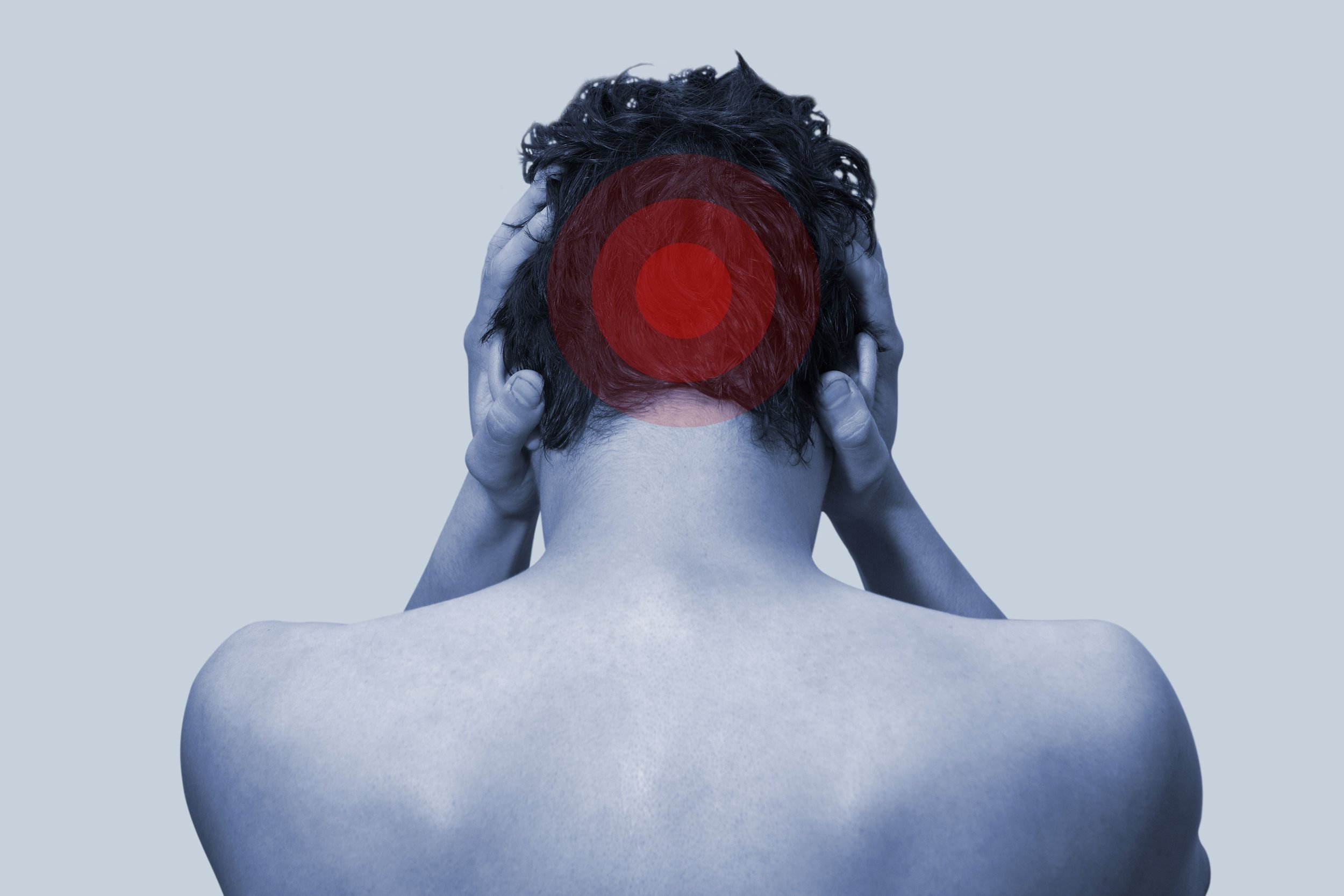Acupuncture for Occipital Neuralgia
Occipital neuralgia pain can be sharp and stabbing
Introduction
Occipital neuralgia is a condition characterized by chronic pain in the upper neck, back of the head, and behind the eyes. The pain is often described as sharp, stabbing, or like an electric shock. It is commonly confused with other types of headaches and neck pain, including tension headaches and migraines. In this blog post, we will explore the condition of occipital neuralgia, its signs and symptoms, etiology, standard treatment options, and how acupuncture and dry needling can offer relief by targeting suboccipital trigger points. For a deeper understanding of suboccipital muscles and their role in head and neck pain, you can read our previous post on [Acupuncture for Suboccipital Muscles](link suboccipital post here).
What is Occipital Neuralgia?
Occipital neuralgia is a condition characterized by unilateral or bilateral pain that specifically occurs in the distribution of the greater occipital nerve, lesser occipital nerve, and/or third occipital nerve.
The pain exhibits at least two of the following characteristics: it recurs in paroxysmal attacks lasting from seconds to minutes, is of severe intensity, and has a shooting, stabbing, or sharp quality.
Additionally, the pain is associated with dysaesthesia and/or allodynia, which become apparent during innocuous stimulation of the scalp and/or hair.
Tenderness over the affected nerve branches or trigger points at the emergence of the greater occipital nerve may also be present. The condition is distinctively eased, albeit temporarily, by a local anesthetic block of the affected nerve and is not better accounted for by another ICHD-3 diagnosis.
A diagnosis of occipital neuralgia includes a detailed medical history, neurologic exams, and in some cases an occipital nerve block to confirm the cause of pain.
Occipital Neuralgia Pain
Signs and symptoms of occipital neuralgia pain:
Sharp, stabbing pain in the neck and back of the head
Pain behind the eyes
Sensitivity to light
Scalp tenderness
Pain when moving the neck
Causes of Occipital Pain
Occipital neuralgia is often caused by the pinching of the occipital nerves, possibly due to:
Muscle tightness and spasms, particularly in the suboccipital muscles
Trauma to the back of the head
Arthritis affecting the upper cervical spine
Tumors or other medical conditions affecting the neck
Standard Occipital Neuralgia Treatment
Pain relievers or muscle relaxants
Antidepressants for chronic pain
Physical therapy
Nerve blocks
Surgical procedures like microvascular decompression, spinal cord stimulation, or occipital nerve stimulation
Acupuncture and Dry Needling for Occipital Neuralgia
Both acupuncture and dry needling can be highly effective in treating occipital neuralgia and occipital nerve pain. These treatments focus on releasing suboccipital trigger points and surrounding neck tightness, which are often a significant source of pain in this condition. Treatment can also help relieve tight neck muscles that can lead to pinched nerve pain in the neck. Acupuncture offers the most conservative form of treatment when compared to an occipital nerve block or surgical treatment.
A review on occipital neuralgia found that acupuncture shows promise as a first line treatment.
Another case report found improvement in clinical outcomes after dry needling in a patient with occipital neuralgia.
Releasing Suboccipital Trigger Points
Trigger points in the suboccipital muscles can cause headaches and neck pain that radiate towards the eye and forehead. These trigger points are often activated by poor posture or muscle overload. By using acupuncture or dry needling to release these trigger points, one can alleviate the symptoms of occipital neuralgia if it is due to muscle tightness pressing on the affected nerve.
The needles are inserted into specific points in the suboccipital region to stimulate the muscles and nerves. This helps in relaxing the muscles and improving blood flow, which in turn reduces pain and improves the range of motion in the neck and head.
Conclusion
Occipital neuralgia is a debilitating condition that can severely impact the quality of life. Understanding its symptoms and causes is crucial for effective treatment. Acupuncture and dry needling offer a less invasive, more holistic approach to treating occipital neuralgia by targeting suboccipital trigger points. These treatments can provide significant relief from pain and improve the range of motion, offering a better quality of life for those suffering from this condition.
Over to you
If you liked this article, please share with friends and family who may be suffering with occipital neuralgia.
Sources:
Travell, J. G., Simons, D. G. (1993). Myofascial pain and dysfunction: The trigger point manual. London: Lippincott Williams & Wilkins.
Biel, A., & Dorn, R. (2010). Trail guide to the body: A hands-on guide to locating muscles, bones and more. Boulder, CO: Books of Dicovery.
Janda, Vladimír. “Muscle Function Testing.” (1983).
George T, Tadi P. Anatomy, Head and Neck, Suboccipital Muscles. [Updated 2023 Jan 1]. In: StatPearls [Internet]. Treasure Island (FL): StatPearls Publishing; 2023 Jan-. Available from: https://www.ncbi.nlm.nih.gov/books/NBK567762/
Headache Classification Committee of the International Headache Society (IHS) (2013). The International Classification of Headache Disorders, 3rd edition (beta version). Cephalalgia : an international journal of headache, 33(9), 629–808. https://doi.org/10.1177/0333102413485658
Pan, W., Peng, J., & Elmofty, D. (2021).Occipital Neuralgia. Current pain and headache reports, 25(9), 61. https://doi.o rg/10.1007/s11916-021-00972-1
Bond, B. M., & Kinslow, C. (2015). Improvement in clinical outcomes after dry needling in a patient with occipital neuralgia. The Journal of the Canadian Chiropractic Association, 59(2), 101–110.
Disclaimer: This web site is intended for educational and informational purposes only. Reading this website does not constitute providing medical advice or any professional services. This information should not be used for diagnosing or treating any health issue or disease. Those seeking medical advice should consult with a licensed physician. Seek the advice of a medical doctor or other qualified health professional for any medical condition. If you think you have a medical emergency, call 911 or go to the emergency room. No acupuncturist-patient relationship is created by reading this website or using the information. Morningside Acupuncture PLLC and its employees and contributors do not make any express or implied representations with respect to the information on this site or its use.



